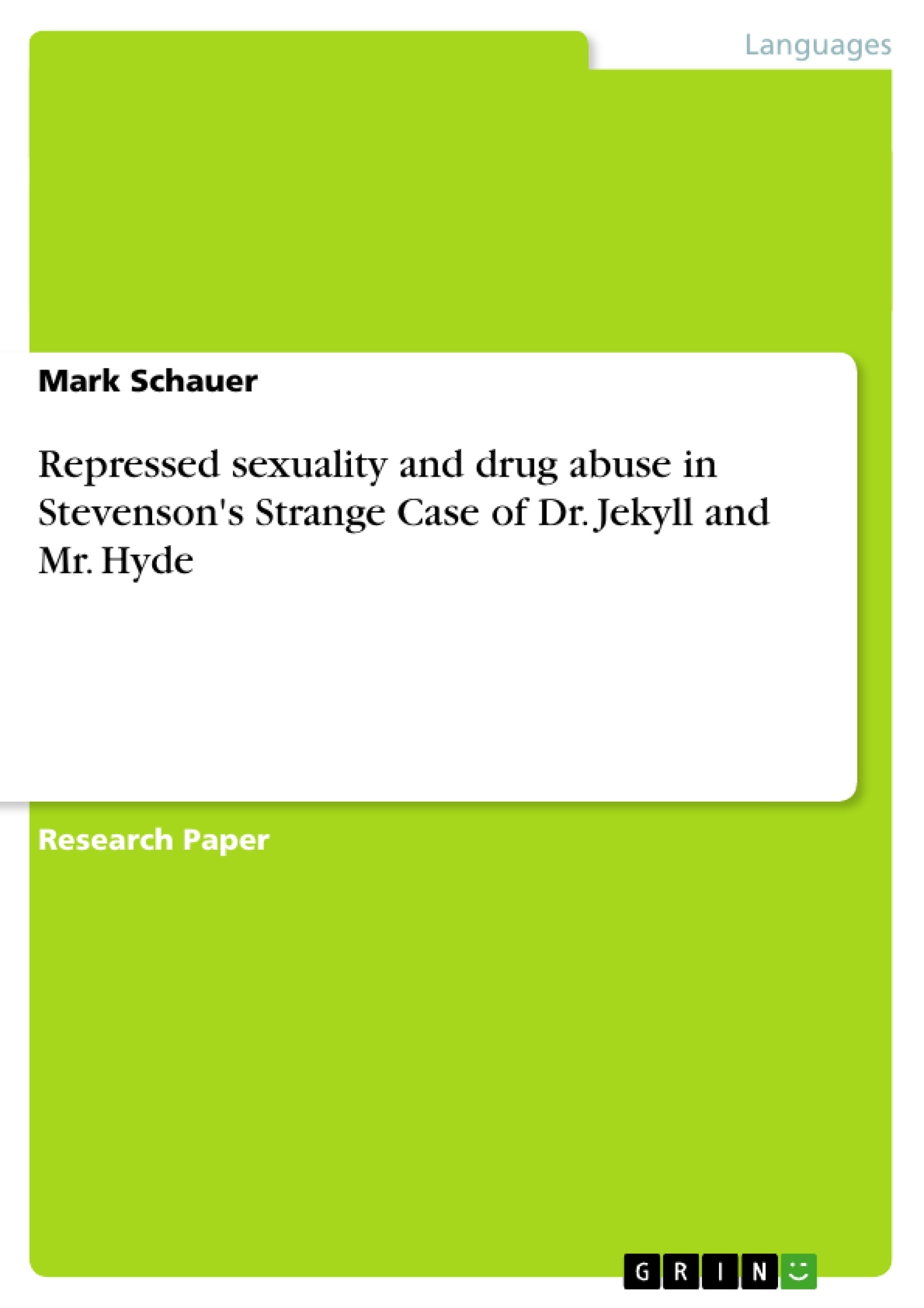Few stories that are over a hundred years old retain as much importance in popular imagination as Robert Louis Stevenson’s 1886 Strange Case of Dr. Jekyll and Mr. Hyde. Aside from the title characters becoming a shorthand description for a person who manifests a frightening bipolarity, the novel’s gothic depiction of London remains the popular conception of the city during the late Victorian era. Though the story is commonly interpreted as a depiction of good and evil and the duality of man, I submit that Jekyll and Hyde is in large part a gothic allegory about repressed homosexuality and covert substance abuse.
Table of Contents
- Repressed sexuality and drug abuse in Strange Case of Dr. Jekyll and Mr. Hyde
Objectives and Key Themes
The objective of this analysis is to explore alternative interpretations of Robert Louis Stevenson's Strange Case of Dr. Jekyll and Mr. Hyde, moving beyond the simplistic good vs. evil dichotomy. The analysis focuses on the novel as a Gothic allegory reflecting the societal repression of homosexuality and covert substance abuse prevalent in Victorian England.
- Repressed Homosexuality in Victorian Society
- Covert Substance Abuse and Addiction
- The Gothic Depiction of Victorian London
- The Connection between Jekyll and Hyde and Jack the Ripper
- The Ascendance of Internal Medicine in the Novel
Chapter Summaries
Repressed sexuality and drug abuse in Strange Case of Dr. Jekyll and Mr. Hyde: This analysis argues that Robert Louis Stevenson's Strange Case of Dr. Jekyll and Mr. Hyde functions as a Gothic allegory for repressed homosexuality and substance abuse in Victorian England. It challenges traditional interpretations that focus solely on the duality of good and evil, instead proposing that Hyde represents Jekyll's repressed homosexual desires and his addiction to an unnamed psychoactive substance. The essay explores the novel's depiction of Victorian society's strict sexual mores and its clandestine nature, using textual evidence and references to contemporary societal attitudes and medical literature to support its claims. The absence of women in most of the story, the description of Hyde’s aestheticism as effeminate, and the suggestive language surrounding the murder of Sir Danvers Carew are analyzed as evidence of the novel's underlying homosexual themes. Furthermore, Jekyll's dependence on the unnamed substance, his escalating tolerance, and his manipulative behavior towards others are interpreted through the lens of modern understandings of addiction. The essay concludes by highlighting the novel's implicit reflection of the rise of internal medicine, as symbolized by Jekyll's laboratory.
Keywords
Strange Case of Dr. Jekyll and Mr. Hyde, Robert Louis Stevenson, Victorian Era, Repressed Homosexuality, Substance Abuse, Addiction, Gothic Novel, Allegory, Internal Medicine, Jack the Ripper, Victorian London.
Frequently Asked Questions: Analysis of Strange Case of Dr. Jekyll and Mr. Hyde
What is the main objective of this analysis of Strange Case of Dr. Jekyll and Mr. Hyde?
The analysis aims to offer alternative interpretations of Robert Louis Stevenson's novel, moving beyond the simplistic good versus evil dichotomy. It explores the novel as a Gothic allegory reflecting the societal repression of homosexuality and covert substance abuse in Victorian England.
What are the key themes explored in this analysis?
The analysis focuses on repressed homosexuality in Victorian society, covert substance abuse and addiction, the Gothic depiction of Victorian London, the connection between Jekyll and Hyde and Jack the Ripper (a tenuous connection explored for its relevance to the themes of violence and societal repression), and the ascendance of internal medicine within the context of the novel.
What is the central argument regarding repressed sexuality and drug abuse in the novel?
The analysis argues that Strange Case of Dr. Jekyll and Mr. Hyde serves as a Gothic allegory for repressed homosexuality and substance abuse in Victorian England. It suggests that Hyde represents Jekyll's repressed homosexual desires and addiction to an unnamed psychoactive substance. The analysis uses textual evidence and references to contemporary societal attitudes and medical literature to support this interpretation.
How does the analysis interpret specific aspects of the novel, such as the absence of women and the description of Hyde?
The absence of women in much of the story, the description of Hyde's aestheticism as effeminate, and the suggestive language surrounding the murder of Sir Danvers Carew are analyzed as evidence of the novel's underlying homosexual themes. Jekyll's dependence on the unnamed substance, his escalating tolerance, and his manipulative behavior are interpreted through the lens of modern understandings of addiction.
What is the significance of the novel's depiction of Victorian London and the rise of internal medicine?
The analysis highlights the novel's depiction of Victorian society's strict sexual mores and its clandestine nature. It also connects Jekyll's scientific pursuits and his experimentation with the substance to the rising prominence of internal medicine in the late 19th century, symbolized by Jekyll's laboratory.
What are the keywords associated with this analysis?
The keywords include Strange Case of Dr. Jekyll and Mr. Hyde, Robert Louis Stevenson, Victorian Era, Repressed Homosexuality, Substance Abuse, Addiction, Gothic Novel, Allegory, Internal Medicine, Jack the Ripper, and Victorian London.
What kind of document is this analysis?
This is a comprehensive language preview including a table of contents, objectives and key themes, chapter summaries, and keywords. It is intended for academic use, facilitating the analysis of themes in a structured and professional manner.
- Quote paper
- Mark Schauer (Author), 2012, Repressed sexuality and drug abuse in Stevenson's Strange Case of Dr. Jekyll and Mr. Hyde, Munich, GRIN Verlag, https://www.grin.com/document/230260




